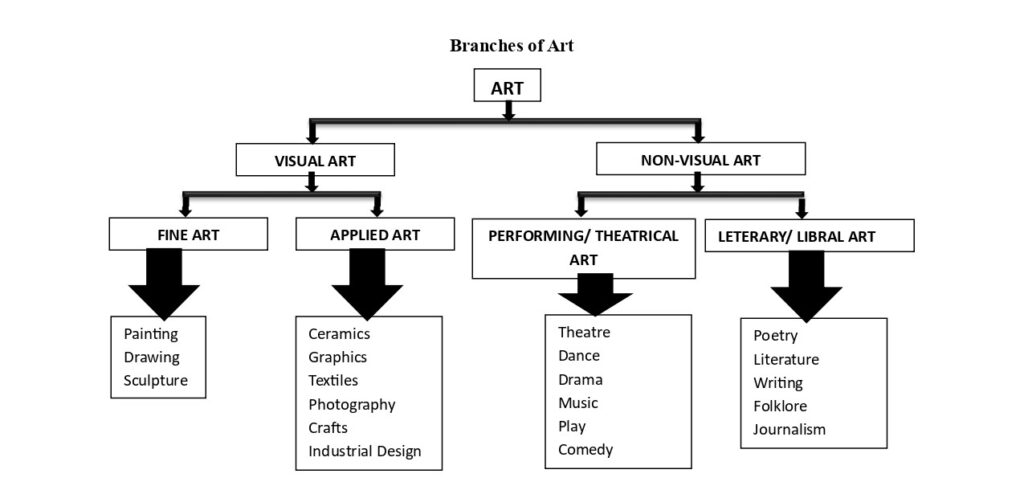Wealth Generation through Entrepreneurial Ventures in Fine and Applied Art Education
A paper written by
Sophia Jovita EJAMEH
Email:soklassik.es@gmail.com
Daniel Osarugue IDAHOSA
Email: dannybliss33@gmail.com
14th May, 2025
Abstract
Introduction
Art is subject which deals with the way people express their feelings, imagination and inner notions. The way the artist feels cannot be coverted because the outcome will definitely come to reality for aesthetic and utility purposes. This is where art is linked up with entrepreneurship. Uzoagba (1982), opined that “art is seen as a way to develop skills in the use of art materials through experimentation, manipulation and practice.
Not only do skills and creative imagination abound in the natural world, but they have been a constant source of inspiration to human being. However, art industry has experienced significant growth in recent years, with the global art market valued at over $67 billion in 2020 (Art Basel, 2020). However, despite this growth, many artists and art educators struggle to generate wealth and achieve financial sustainability. This paper will explore the concept of wealth generation through entrepreneurial ventures in fine and applied art education, highlighting the opportunities and challenges associated with this approach.
Entrepreneur
There is a universal accepted definition of entrepreneur. According to Hornby (2000), “entrepreneur is a person who makes money by starting or running businesses, especially when it involves taking financial risks”. A common definition of entrepreneur means, business venture. An entrepreneur thinks plans, implements, reviews plans and find ingenious ways around obstacles.
Ajagu (2005), in his book ‘The Entrepreneur’ said “put succinctly, entrepreneur is anyone who owns a business enterprise for the purpose of making profit”. Anyone can be an entrepreneur. Going by the artist line, an entrepreneur can be an academic artist; workshop trained artist and even an art lover depending on the branch of fine and applied art the individual is investing on.

Fine Art
The word “fine” means beauty. Fine art has to do with the part that is used for the beautification of homes, hospitals, schools, offices, etc. According to Izoagba (2000), the word “fine” has to do with appreciation of beauty. This is the branch of art which has no other function than the appeal it brings to man’s sense of aesthetic and higher sense of emotion. The type of arts that belongs to fine art is: painting, sculpture and drawing.
Defining Entrepreneurship in Art Education
Entrepreneurship in art education refers to the application of entrepreneurial principles and practices to the creation and dissemination of art (Bridgstock, 2013). This approach emphasizes the importance of innovation, risk-taking, and adaptability in the art-making process.
